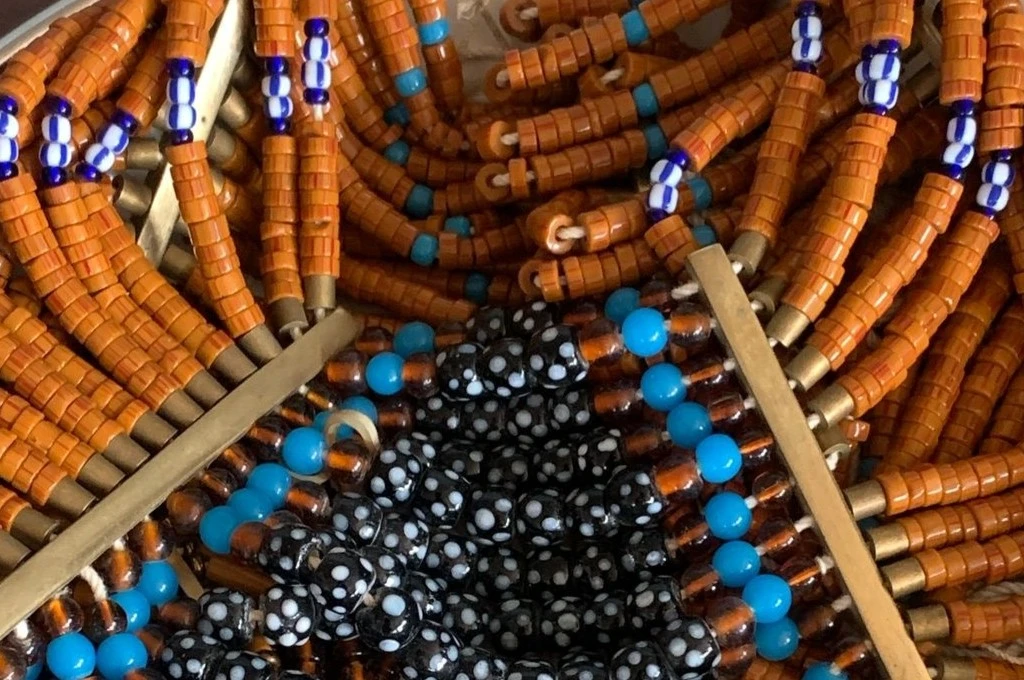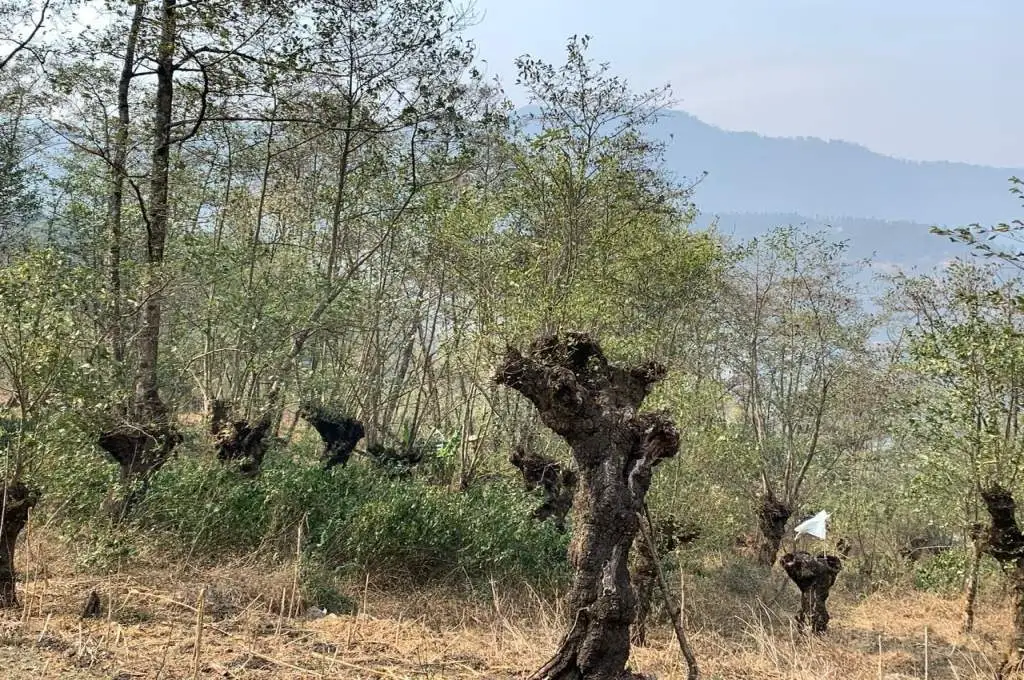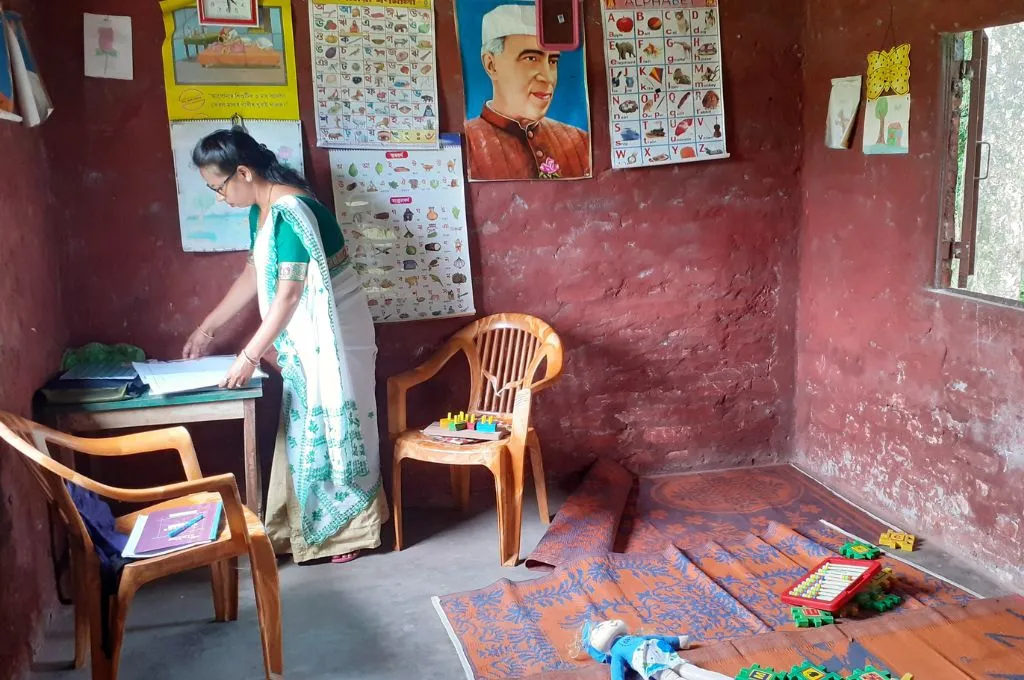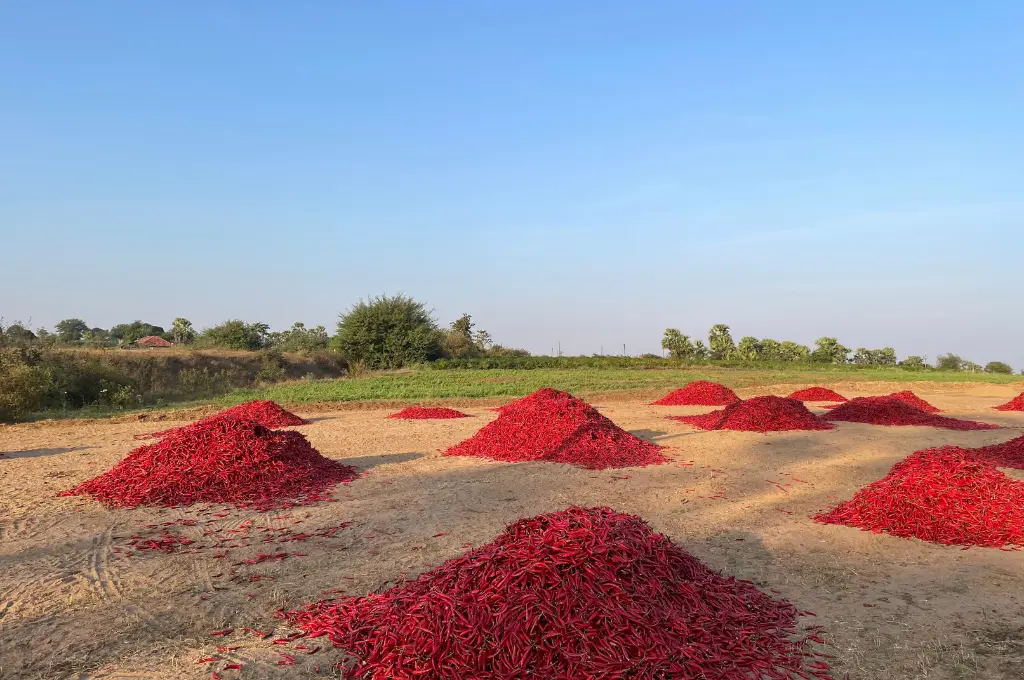READ THIS ARTICLE IN
A bitter pill to swallow: Casteism denies healthcare in rural Bihar
This feature first appeared as part of The Third Eye’s feminist investigation into India’s public health and its possible futures. Read more about it here.
With nearly 80 percent of doctors in India catering to the needs of the urban population, access to healthcare has been a long-standing issue in rural India. But in addition to the rural–urban healthcare divide, there are inequalities in access to healthcare within rural areas, a topic that doesn’t receive as much attention. Women from grassroots collectives in Muzaffarpur and Gaya districts of Bihar share their experiences of how caste shapes access to healthcare in rural India.
“The sub-health centre in our village is not where it ideally should be. It is in an area dominated by upper-caste Rajputs. And so people from lower castes have trouble accessing it because the people there believe in untouchability. When someone from the Scheduled Caste community takes their child to get a vaccine, the Rajput people look down upon them. The health centre should not have been built there; it should have been built where everyone can access it,” says Nirala from Muzaffarpur district.
Lalita from Gaya district adds, “Our village is 5–6 km from Sadar Hospital. Over there everyone who is well connected gets all the facilities on time. It is people from marginalised castes who are left behind. Sometimes, doctors do attend to people from lower castes, many of whom are below the poverty line and entitled to subsidised medicines. In these cases, what often happens is that the doctor prescribes medicines and then says they are not available in the hospital and would need to be purchased from outside. However, if someone from an upper caste walks in on the same day, they get good treatment and the same medicines without any difficulty.”
The Third Eye is a feminist think tank working on the intersections of gender, sexuality, violence, technology, and education.
—
Know more: Read about how we can make India’s healthcare goals inclusive of Adivasi communities.
Do more: Connect with the author at thethirdeyeteam@gmail.com to learn more about and support their work.



